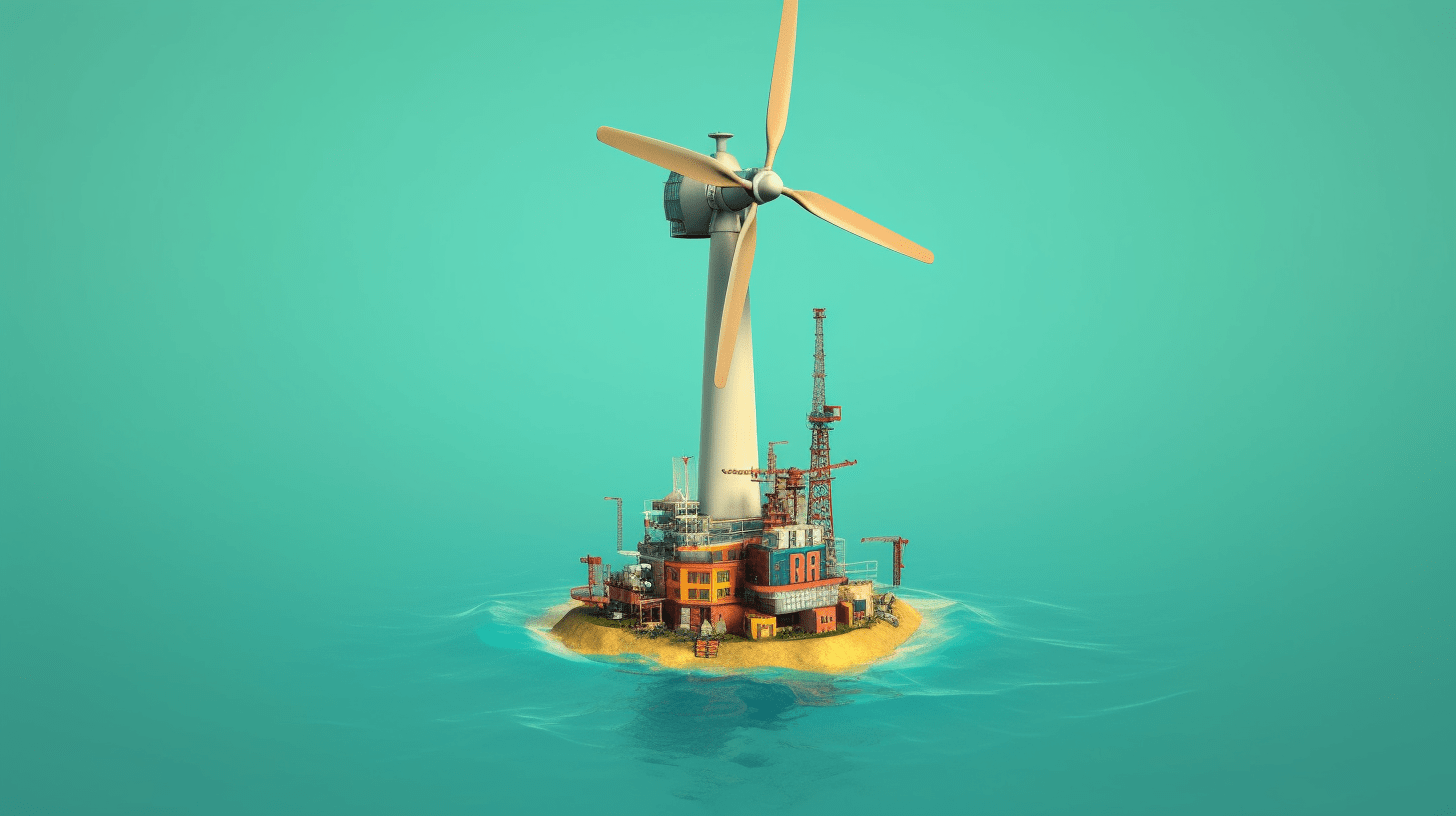

INTELLIGENT ENGINEERING
Harnessing the Power of the Ocean
Harnessing the tremendous power of the ocean's waves to generate clean electricity may seem like science fiction, but wave power technology is advancing. As the world seeks renewable energy sources beyond fossil fuels, the steady heave of the sea offers enticing potential. Though not yet fully mainstream, innovations in wave energy conversion are bringing us closer to making this carbon-free resource a viable part of our energy mix. Impressive projects demonstrating wave power feasibility are already underway. With more development, the ocean's endless motion could help light homes and businesses sustainably - right here in the real world, not just in our imaginations.
Power of Waves
Beneath the churning surface of the seas lies a tremendous renewable power source - the kinetic energy of waves. As winds sweep across the ocean, they turn the water into rolling swells of energy. New technologies are emerging to convert the up-and-down motion of waves into carbon-free electricity. Wave power could become a major part of the world's energy portfolio - if we can overcome the engineering challenges it presents. The UK, with its access to powerful Atlantic and North Sea waves, is ideally positioned to lead in this new field. Some promising demonstration projects are already up and running. By further developing ways to harness the oceans' natural rhythms, we can tap into a clean energy supply that will never run out - as long as the wind continues blowing and the waves keep rolling in.
The energy held within the world's waves is the most significant unused power source on the planet, with the total energy potential globally believed to reach a staggering 30,000 TWh per year. To put this into perspective, that's tenfold the European Union's total annual electricity usage. With such an impressive global reserve, wave power could provide a significant proportion of the world's clean energy and play a crucial role in shaping the energy landscape of the future.
Trends in Wave Energy
The power in ocean waves offers immense renewable energy potential, yet harnessing this resource comes with opportunities and obstacles. As nations pursue low-carbon energy options, wave power is attracting growing interest and investment, recognising its vast possibilities for clean electricity generation. Engineers strive to develop novel wave energy converters that can withstand harsh sea conditions while efficiently converting wave motion into electricity.
 Oil and gas firm Lundin Energy Norway is working with Swedish wave energy tech developer
Oil and gas firm Lundin Energy Norway is working with Swedish wave energy tech developer
Ocean Harvesting Technologies on decarbonising extraction and production activities.
Myriad designs are working, bringing commercially viable wave power closer to reality. Still, challenges remain. Wave energy systems must minimise environmental impacts on marine ecosystems through careful planning and mitigation. Transmitting offshore-generated power to onshore grids requires new infrastructure development. Making wave power cost-competitive with conventional energy demands further technological refinements.
But the pros are compelling. Waves offer a predictable, renewable resource in abundance - our planet is over 70% ocean. Harnessing the sea's endless rhythms can make wave power a major sustainable energy player, reducing reliance on fossil fuels.
With thoughtful innovation and testing, wave energy's surging potential could be captured to help illuminate homes and businesses worldwide. The path requires work, but the ocean's reliable waves continue rolling steadily in.
Technological Advancements: Engineers and scientists are working tirelessly to develop innovative, more efficient, durable, and cost-effective wave energy converters. Various designs are being explored, from oscillating water columns to point absorbers, bringing us closer to commercially viable solutions.
Dive into a Sustainable Future:
Making Waves with Renewable Energy

The ocean's endless tides and churning waves represent a colossal renewable power source. Wave energy technology has not yet fully crested - challenges remain in harnessing the seas. But with ongoing innovation and investment, we edge closer to unlocking the full potential of this carbon-free resource.
The UK, surrounded by commanding waters, can spearhead advances in marine energy generation. Testing of promising wave power prototypes is already underway in British seas. As engineers refine designs and efficiency improves, the cadence of the ocean could increasingly energise our nation through clean electricity.
While hurdles persist, the currents of innovation keep surging forward. With eyes fixed on more sustainable shores, wave energy may soon help steer our world towards greater energy security and reduced reliance on fossil fuels. If we have the vision and commitment to harness the sea's ebb and flow, a future illuminated by the ocean's endless clean power may be within reach. So, next time you gaze at the crashing waves along the shore, envision the untapped energy they hold—a force that could power a greener future. Let's ride the wave of change together!
Arkar Maw Win
EPConsult Energies | INTELLIGENT ENGINEERING
More insights:

Hydrogen Challenges and Solutions
Hydrogen, with a history intertwined with the energy sector for over two centuries, is witnessing a remarkable resurgence, particularly as a renewable energy source in the UK's transition from fossil fuels. As the momentum around hydrogen energy grows, so does the question of its safety. While all fuels inherently pose some risks, hydrogen's unique properties, such as a wide range of explosive concentrations and lower ignition energy, necessitate additional engineering controls and careful material selection.

UK's Electric Vehicle Revolution
In a landmark decision that marked the beginning of the UK's Electric Vehicle (EV) Revolution, the UK government announced in November 2020 the cessation of sales of petrol and diesel-fueled vehicles by 2030, and hybrid vehicles by 2035. This unprecedented shift, aimed at significantly reducing the country's carbon footprint, has set the stage for a monumental transition in the transport sector, which accounted for 24% of the UK's total emissions in 2020.

Blowing Away the Carbon
There are several technical and economic reasons that offshore wind power is a viable option for decarbonizing traditional oil and gas production. Firstly, new offshore wind license areas are often located in deeper waters and at greater distances from the coast. Once land is reached, these sites are still far from potential markets. These logistical factors drive up the cost of delivering power to onshore users.

Common Myths About Solar Energy
The myths and misconceptions surrounding solar energy often need to be updated or stem from a lack of understanding of the technology. Solar energy remains efficient in less-than-ideal weather conditions, and while initial costs can be high, the long-term financial benefits are substantial. Furthermore, although the manufacturing process of solar panels does have an environmental impact, the overall effect is far less damaging than traditional energy sources.

From Coal Mines to Clean Energy
The commitment to net zero has impacted all sectors, promoting the need for low-carbon technologies. Around the UK, a vast number of decommissioned facilities are standing disused in previous industrial hubs, and this will only become more common over the coming years as more and more carbon-polluting facilities are closed. More recently, there has been research and investment on how these sites could be used to develop renewable energy sites.
- Log in to post comments
